Vintage Tribal Kilim Runner 3' 1" x 10' 10" (37" x 130")
Type:
Kilim RugsCollection:
Tribal RunnersID:
K0077523Size:
Material:
The designs feature a rich array of symbols representing tribal culture and Anatolian motifs, often in the form of medallions, diamonds, and other geometric shapes.
The designs feature a rich array of symbols representing tribal culture and Anatolian motifs, often in the form of medallions, diamonds, and other geometric shapes. These kilim runners are ideal for hallways and narrow spaces, offering a touch of ethnic charm and artisanal quality to any interior.
Herki kilims not only serve as functional floor coverings but also as artistic expressions of tribal identity, making each rug a unique cultural artifact.
Design Elements
- Patterns: The vintage tribal kilim runner features geometric and abstract motifs, commonly associated with traditional tribal designs. The repeated patterns create a rhythmic flow, drawing the eye along the length of the runner.
- Symmetry: The design exhibits a symmetrical layout with balanced motifs on either side of the central band. This symmetry contributes to a sense of harmony and organization within the chaotic beauty of tribal art.
- Texture: The hand-woven nature of the kilim enhances its visual and tactile texture, providing depth to the flat weave while allowing the intricate patterns to stand out prominently.
- Border: The solid borders, typically seen in kilim designs, frame the central motifs, helping to contain the artistic chaos within a defined space, giving the piece a finished look.
Colors
- Dominant Colors: The rug features vibrant shades of orange, pink, and neutral tones. These colors work collectively to evoke warmth, energy, and liveliness.
- Contrast: The strong contrast between the bright colors and softer neutral tones enriches the visual experience, making the motifs pop against the background.
- Symbolism of Colors:
- Orange: Represents warmth, enthusiasm, and creativity, often associated with the sun and its life-giving energy.
- Pink: Symbolizes love, compassion, and nurturing, adding a softer touch to the vibrant palette.
- Neutral Tones: Complement the brighter hues, grounding the design and allowing the colorful elements to shine.
Motifs and Symbolism
- Diamond Shapes: Often symbolize prosperity and the pursuit of wealth, representing stability and protection for the home.
- Triangles: Frequently signify strength and resilience, pointing upward to depict growth and aspiration.
- Lattice Patterns: Represent the interconnected nature of life and the importance of community bonds, illustrating the weaver's environment and culture.
Summary
The vintage tribal kilim runner showcases intricate design elements including symmetrical patterns, balanced motifs, and textured weaving. Its vibrant colors such as orange and pink symbolize warmth, creativity, love, and compassion, while the neutral tones provide contrast. The main motifs, including diamonds and triangles, carry meanings of prosperity, strength, and community interconnectedness, reflecting the rich cultural heritage embedded within this textile art.
- Ships in 1-4 business days
- Only one in stock, handmade, unique
- Free shipping via FedEx Express. Easy returns
- Contact us or add a note to your order if you want us to delay your shipping.
- Request more info if you want this rug shorter or narrower
Colors may appear slightly different across various monitors due to screen settings device differences, and external lighting conditions. If color accuracy is important for your space, we recommend viewing the rug on multiple devices or contacting us for a detailed color description. We can provide detailed photos and references using Sherwin-Williams, Benjamin Moore, Pantone, or even Crayola crayons.
You can also visualize most of our products in your own room with AR (augmented reality) on an iPhone or iPad.
Return Policy
Need a rug pad? We recommend RugPadUSA
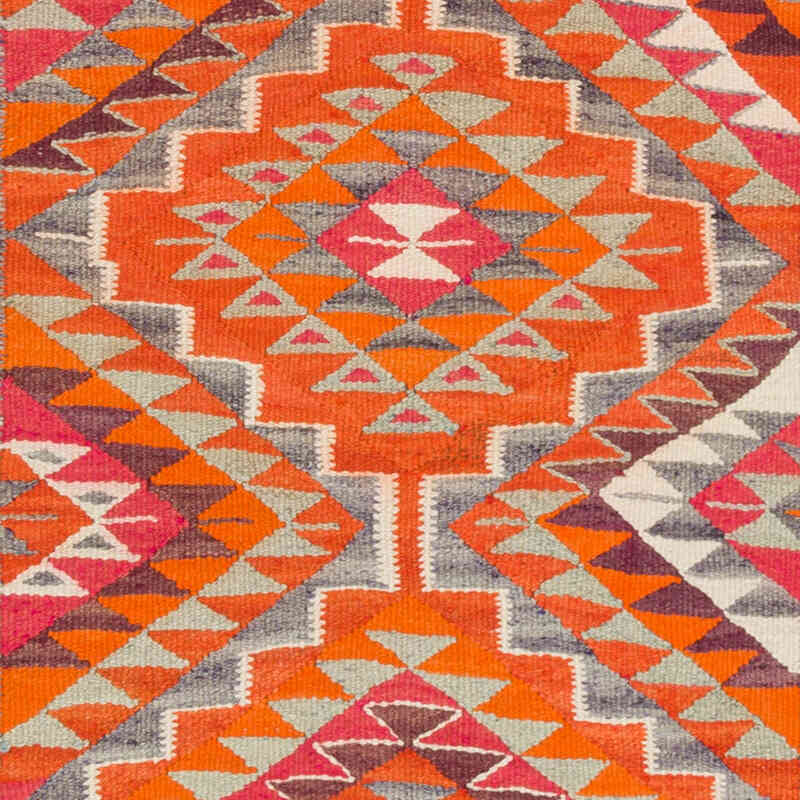
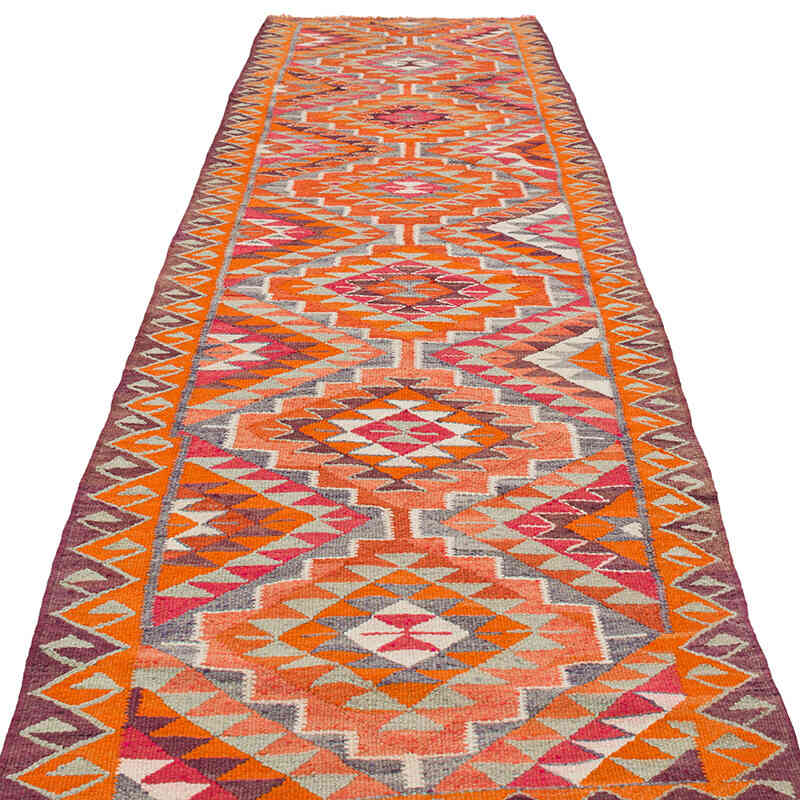
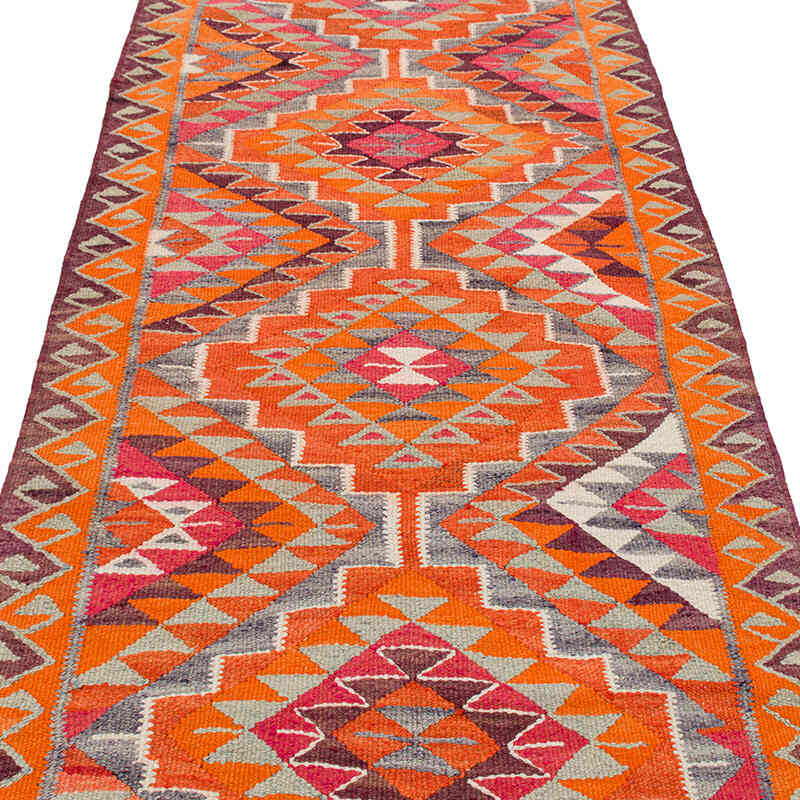
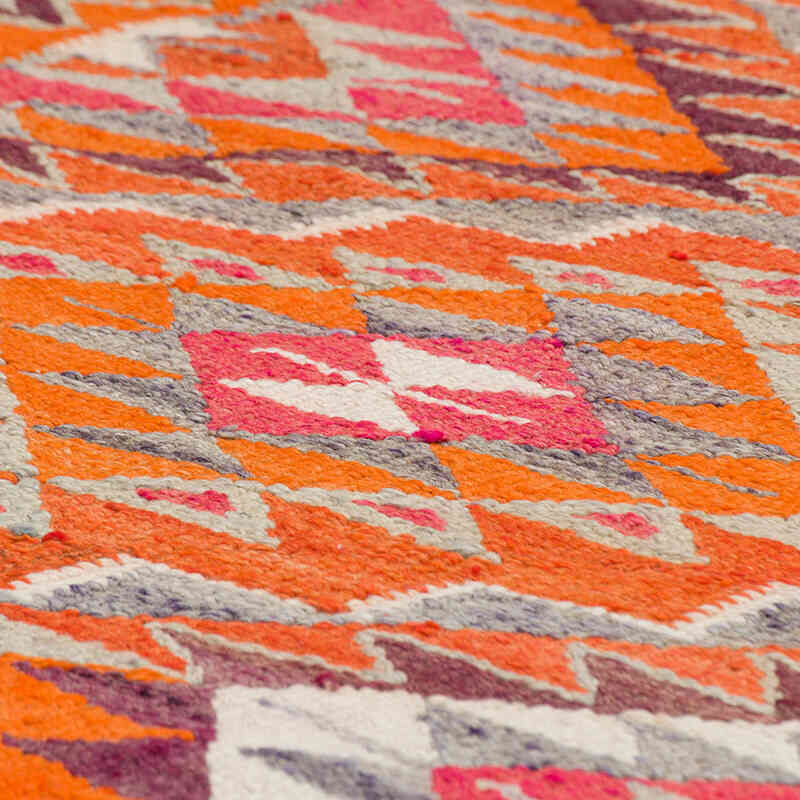
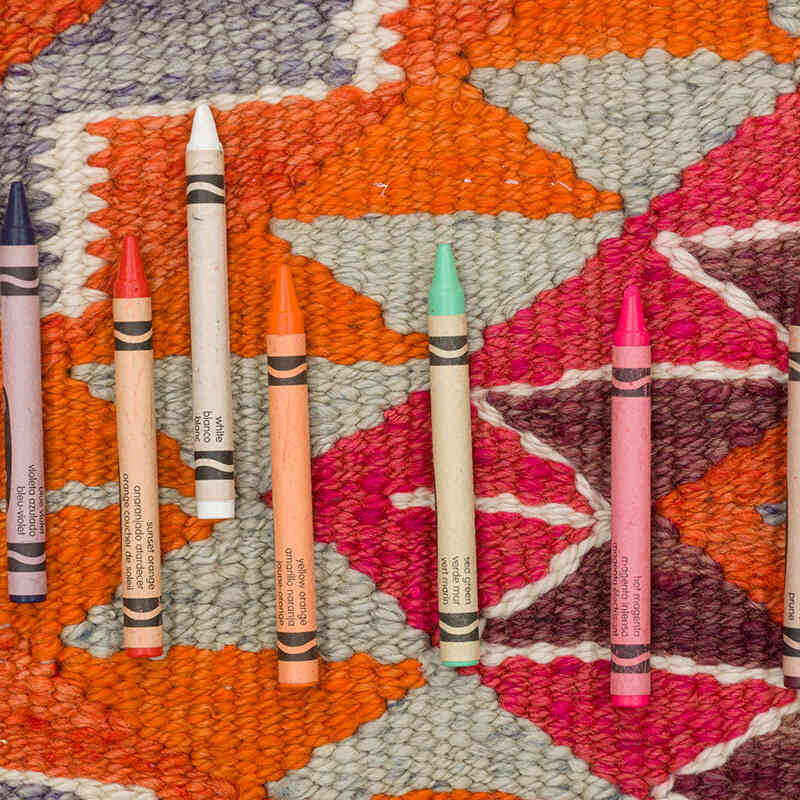
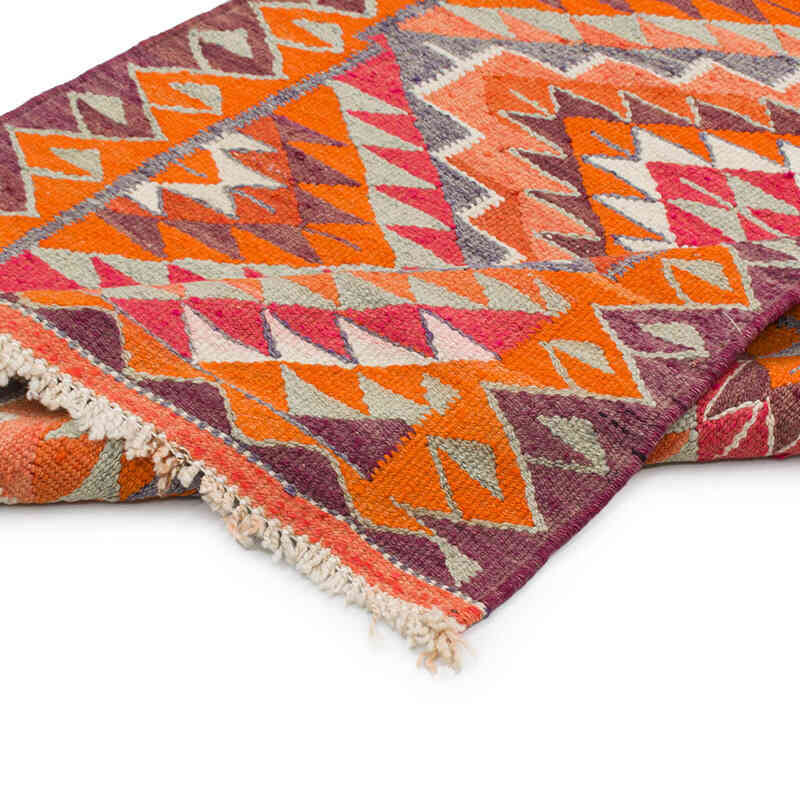
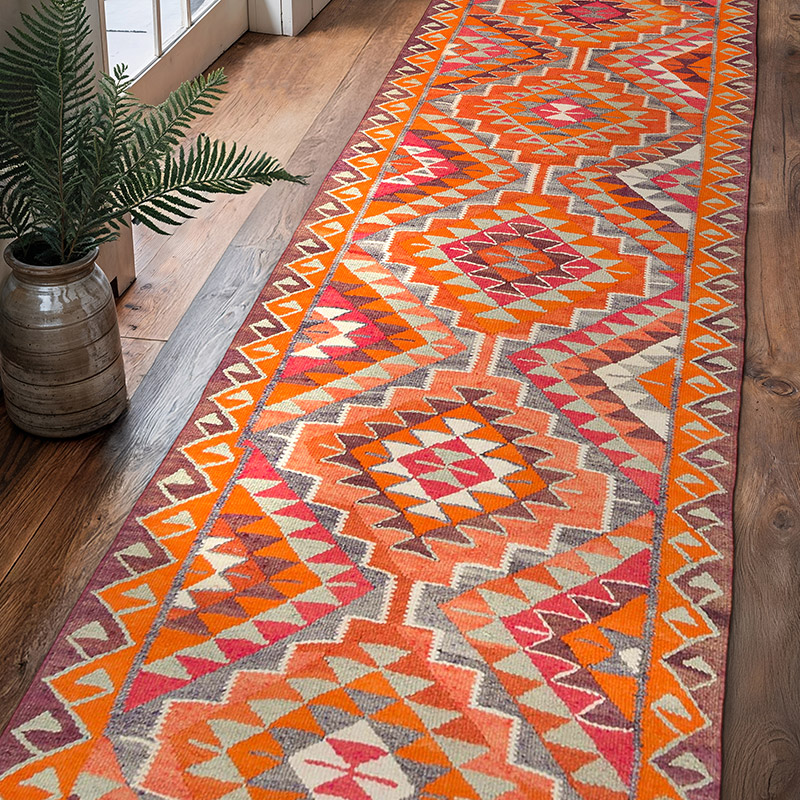
















Great service